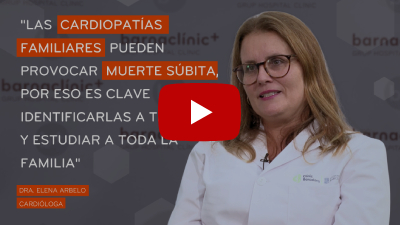Treatment for familial cardiopathies focuses on preventing arrhythmias, heart failure, and other associated complications. The main goal is to reduce the risk of sudden cardiac death and improve patients' quality of life.
Depending on the type of cardiomyopathies, strategies vary:
- Avoiding triggers, such as intense physical exercise in arrhythmogenic cardiomyopathy, long QT syndrome, or catecholaminergic ventricular tachycardia.
- Controlling electrolyte imbalances in channelopathies or fever in Brugada syndrome.
- Personalizing exercise prescriptions based on the disease and patient characteristics.
- Adapting treatment to specific circumstances, such as pregnancy and childbirth.
- Considering additional factors like diet, alcohol and tobacco use, sexual and reproductive activity, vaccinations, driving, and work or educational environment.


















